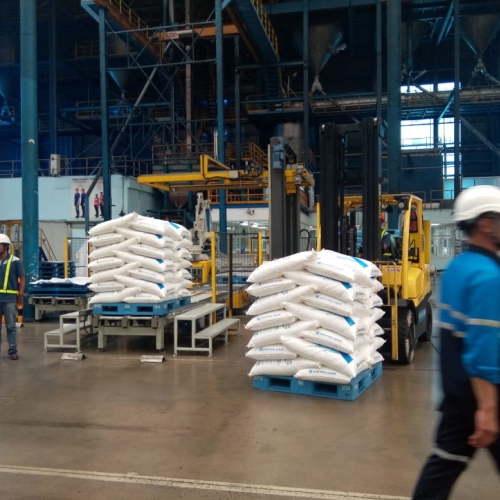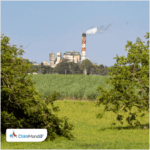Challenges and Opportunities:
The sugar industry is at a tipping point where energy efficiency and environmental responsibility are no longer just desirable, but necessary. Rising electricity costs and the ever-present threat of climate change necessitate the adoption of sustainable practices across the industry.
Introduction of the Vapour Absorption Heat Pump (VAHP):
One glimmer of hope in this endeavor is the Vapour Absorption Heat Pump (VAHP) system. This technology offers several advantages over conventional air conditioning systems and is therefore particularly well-suited to the sugar industry, which has an increased need for air conditioning due to progressive electrification.
Reduced Energy Consumption and Lower Operating Costs:
VAHPs can significantly reduce reliance on electricity by utilizing waste heat generated during sugar production itself or by tapping into renewable energy sources such as solar energy. This leads to considerable cost savings for sugar factories, as real-life examples show:
– A study on the introduction of VAHP in a large sugar refinery showed a 20% reduction in energy consumption for cooling purposes.
– Another case study on a medium-sized factory showed annual savings of around ₹42 Lakhs in energy costs after switching to VAHP systems.
Environmental Benefits:
VAHPs typically use natural refrigerants such as ammonia, which have a low impact on global warming and ozone depletion compared to conventional refrigerants. This fits perfectly with the growing pressure on the industry to minimize its environmental footprint.
Case Study: Nava Bharat Ventures Ltd.
In Samalkot, India, Nava Bharat Ventures Ltd. Sugar Division has successfully installed a 77 TR VAHP system that has played a crucial role in sustainably meeting their air conditioning needs. This real-life example demonstrates the practical application and effectiveness of VAHP technology in the sugar industry.
Ongoing Research and Progress:
The pursuit of continuous improvement drives the ongoing research and development of VAHP technology. Current studies focus on:
– Improving the Coefficient of Performance (COP): This metric indicates the efficiency of the system in converting thermal energy into cooling capacity. By improving the COP, the operation of VAHPs can become even more cost-efficient.
– Integration of Internet of Things (IoT) devices: This integration enables more intelligent energy management, allowing real-time monitoring and optimization of VAHP systems for peak performance.
These advances aim to make VAHPs even more efficient, user-friendly, and attractive for the sugar industry.
Conclusion:
VAHP systems offer a compelling option for the sugar industry to achieve energy efficiency, reduce operating costs, and minimize environmental impact. By carefully weighing up the benefits and limitations and tailoring the technology to specific needs, sugar manufacturers can use VAHPs as a cornerstone of their sustainability strategy. This approach not only benefits the environment but also contributes to a more resilient and competitive sugar industry.
Disclaimer: The views and opinions expressed in the article by Dilip Patil, Managing Director of Samarth SSK Ltd., are solely his own.












